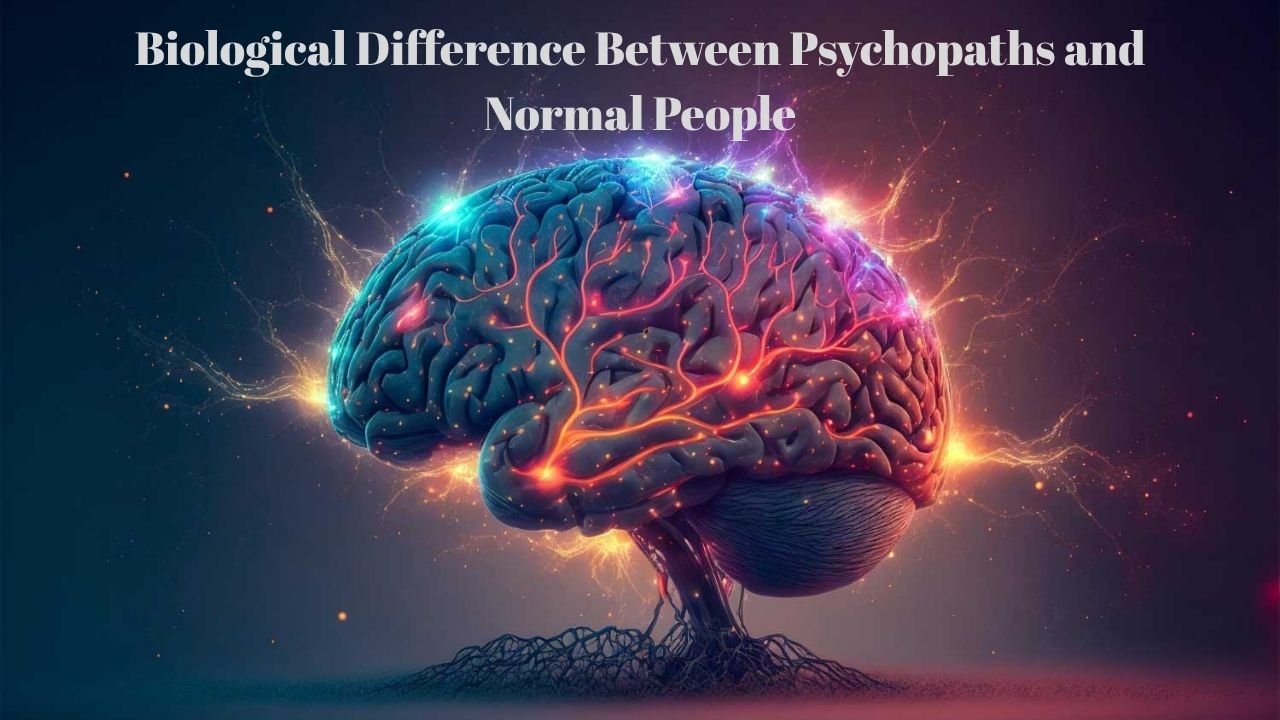In a groundbreaking discovery that would reshape our expertise of human conduct, scientists have recognized a key biological distinction among psychopaths and everyday people. This finding sheds new light on how brain structure and function impact empathy, morality, and emotional manage — and could have profound implications for psychology, criminal justice, and neuroscience.
What Makes a Psychopath Different?
Psychopathy has long involved and alarmed researchers. Psychopaths are normally characterized through a lack of empathy, shallow emotions, manipulative tendencies, and impulsive behavior. While these traits are behavioral, scientists have lengthy suspected a organic foundation — and new research confirms it.
A team of neuroscientists at King’s College London and the University of New Mexico used MRI mind imaging to look at the brains of recognized psychopaths in comparison to those of neurotypical individuals. What they discovered become striking: distinct variations in mind shape and connectivity, especially in regions associated with emotion, moral reasoning, and impulse manipulate.
The Biological Difference: Reduced Connectivity in the Amygdala and Prefrontal Cortex
The researchers discovered that psychopaths exhibit reduced neural connectivity between the amygdala and the prefrontal cortex — two critical areas of the brain that regulate emotion and decision-making.
- The amygdala is answerable for processing emotions consisting of fear, guilt, and empathy.
- The prefrontal cortex governs judgment, impulse manage, and moral reasoning.
In healthy individuals, these regions work together to evaluate emotional consequences and guide moral behavior. But in psychopaths, the weakened communication between these areas means that emotional cues — like another person’s pain or distress — fail to trigger normal responses.
More Findings: Brain Volume and Function
The study also found measurable structural differences in psychopaths’ brains:
- Smaller amygdala volume — which means reduced emotional processing potential.
- Lower grey count density within the orbitofrontal cortex, which affects empathy and impulse manipulate.
- Hyperactivity inside the reward machine — making psychopaths greater pushed by using stimulation and threat-taking in preference to moral restraint.
These factors combine to create the classic psychopathic profile: charm, confidence, manipulation, and an absence of guilt or empathy.
Nature vs. Nurture: The Genetic Link
While this discovery points to a biological basis for psychopathy, scientists emphasize that environment still plays a critical role. Childhood trauma, neglect, or abuse can exacerbate psychopathic traits in individuals already genetically predisposed to them.
In some cases, genetic mutations affecting serotonin and dopamine regulation have been linked to increased aggression and reduced empathy, suggesting that psychopathy is a complex interaction between genes and environment rather than a purely biological condition.
Implications for Society and Criminal Justice
These findings should have significant implications inside the fields of crook justice, intellectual health, and rehabilitation.
- Legal implications: If psychopathy has a biological basis, it raises ethical questions about criminal responsibility and punishment.
- Early intervention: Brain imaging should at some point assist discover at-chance people and guide mental interventions before antisocial behaviors expand.
- Therapeutic approaches: Understanding brain connectivity could improve treatments for emotional regulation and empathy training.
However, experts warn that labeling individuals primarily based on brain scans alone could be dangerous and stigmatizing. The human mind is enormously adaptable, and not anyone with psychopathic traits interact in criminal or harmful behavior.
Conclusion
The discovery of a measurable expansion of the striatum in individuals with better psychopathic tendencies is a compelling leap forward in uncovering the neurobiological underpinnings of psychopathy. It shifts some of our information from purely mental or social reasons towards a mind-based totally model—one wherein reward-processing structures may also play a pivotal function in shaping conduct.
Yet, as with any groundbreaking research, it have to be approached with nuanced interpretation: mind shape is one piece of a totally large puzzle. Ultimately, this paintings opens doorways for further have a look at, higher intervention strategies, and possibly a more compassionate, scientifically grounded manner of addressing psychopathy—not truly as moral failing, however as a situation warranting know-how, support, and treatment.

